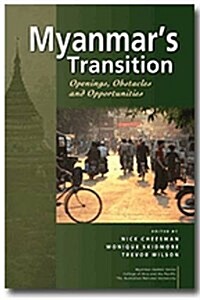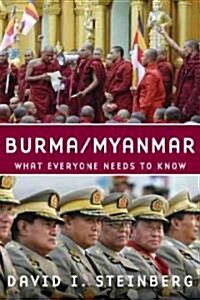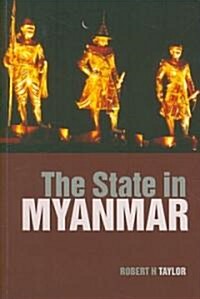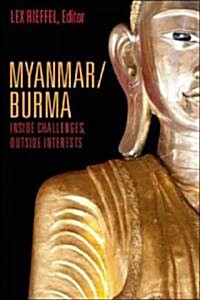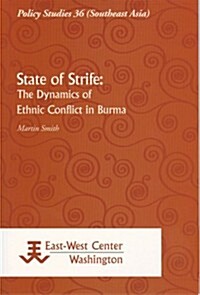
단행본
State of strife: the dynamics of ethnic conflict in Burma
- 개인저자
- Martin Smith
- 발행사항
- Singapore : Washington, D.C.: Institute of Southeast Asian Studies; East-West Center Washington, 2007
- 형태사항
- xii, 95 p.: maps ; 24 cm
- 총서사항
- Policy studies
- ISBN
- 9789812304797
- 청구기호
- 340.9145 S655s
- 서지주기
- Includes bibliographical references (p. [63]-65)
소장정보
| 위치 | 등록번호 | 청구기호 / 출력 | 상태 | 반납예정일 |
|---|---|---|---|---|
이용 가능 (1) | ||||
| 1자료실 | 00013786 | 대출가능 | - | |
이용 가능 (1)
- 등록번호
- 00013786
- 상태/반납예정일
- 대출가능
- -
- 위치/청구기호(출력)
- 1자료실
책 소개
Since independence in 1948, Burma has been the scene of some of the most-sustained and diverse ethnic insurgencies in the contemporary world. This study examines the dynamics of conflict that have caused internal wars to become so uniquely entrenched in one of Asia‘s most troubled lands. Against a backdrop of conflict, different nationality movements have been able to adapt and survive, utilizing the changing political, economic, and international conditions in the country. In the process, armed opposition became a way of life in the borderlands, while the central state became increasingly militarized. Burma‘s conflicts, however, have not been static. This study identifies five major cycles of conflict that have seen the national government transform from a parliamentary democracy at independence through Gen. Ne Win‘s “Burmese Way to Socialism” to the current military State Peace and Development Council. As the political impasse continues, ethnic ceasefires and open-door economic policies are changing the structures of conflict. In an overview of humanitarian and international dilemmas, the study concludes that conflict resolution — with integrated support from the international community — remains a primary need if Burma and its peoples are to achieve peace, democracy, and a stable nation-state.
This study examines the dynamics of conflict that have caused internal wars to become so uniquely entrenched in Burma, and identifies the five major cycles of conflict that have seen the national government transform.
This study examines the dynamics of conflict that have caused internal wars to become so uniquely entrenched in Burma, and identifies the five major cycles of conflict that have seen the national government transform.

